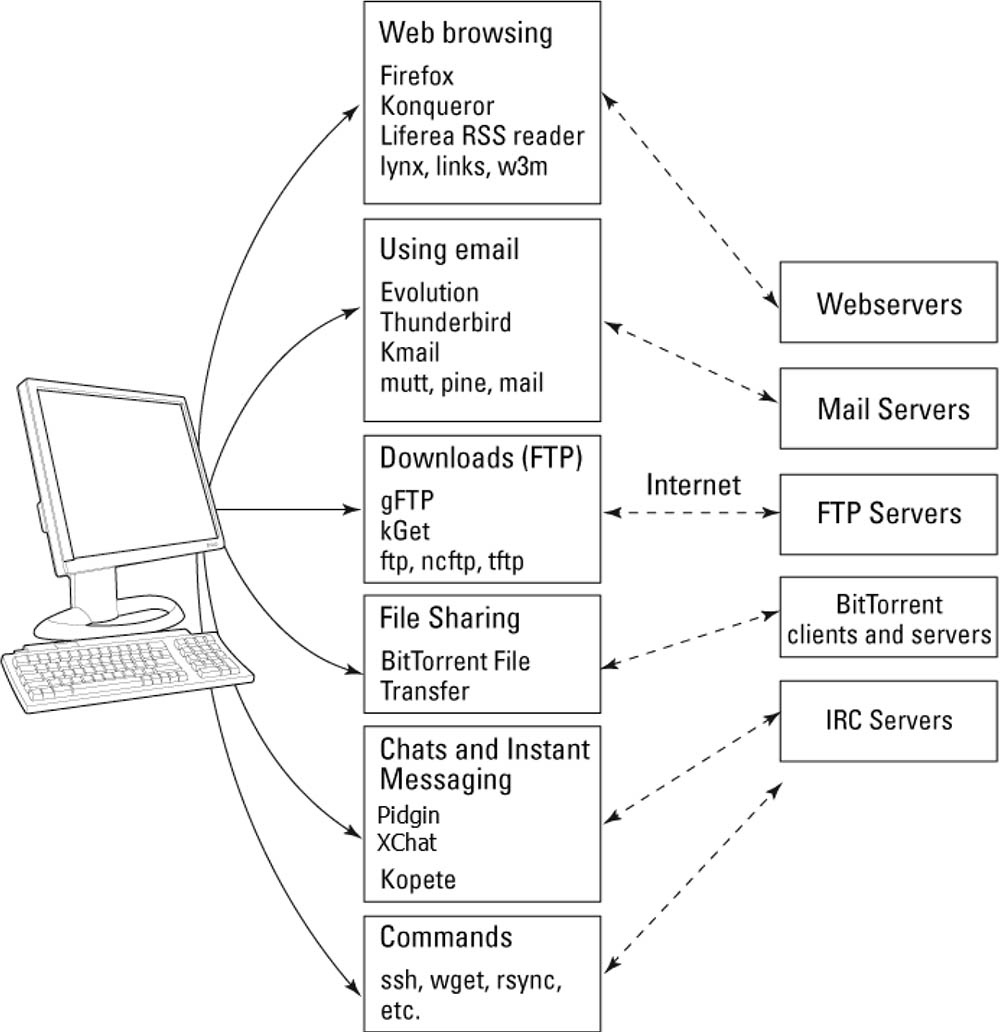The Genesis of the Connection: Understanding IP Addresses
Every device connected to a network, including Red Hat Linux systems, is assigned a unique identifier known as an IP address. This numerical label is the linchpin of network communications, facilitating the precise routing of information packets across the vast expanse of interconnected networks. When a user endeavors to establish a connection to a Red Hat Linux system, it is the IP address that serves as the beacon, guiding the data packets to their destined port on the Linux server.
The Human Touch: Domain Name System (DNS) to the Rescue
While IP addresses are indispensable for machines, they are less than friendly for human users. Enter the Domain Name System (DNS), a global directory service that translates human-readable domain names into the numerical IP addresses that machines understand. When a user wishes to connect to a Red Hat Linux system, they can do so using a memorable domain name, thanks to DNS.
From Domain Name to Linux Server
Imagine a user desiring to SSH into a Red Hat Linux server located in a remote data center. Instead of burdening their memory with a numerical IP address, they simply enter the domain name associated with the server, such as `ssh [email protected]`.
- DNS Query: The user’s system initiates a DNS query to resolve linux-server.example.com to an IP address.
- DNS Response: A DNS server responds with the IP address associated with the domain name, say 192.168.1.100.
- Initiating the Connection: Armed with the IP address, the user’s system initiates an SSH connection to the Red Hat Linux server.
- Data Transmission: Data packets, now properly addressed, traverse the network, finding their way to the specific port on the Linux system.
- Connection Established: The Linux system responds, establishing a secure SSH session, and the user is granted access.
The Role of Network Configuration in Red Hat Linux
For this symphony of connectivity to occur, the Red Hat Linux system must be meticulously configured. Network settings, including the system’s own IP address, subnet mask, and gateway, must be accurately set. Additionally, the system needs to be aware of the DNS servers it can query for domain name resolutions.
Ensuring Security and Integrity
As a Red Hat Linux Administrator, ensuring the security and integrity of these connections is paramount. Regularly updating the system, configuring firewalls, and securing SSH access are critical tasks to safeguard the system from nefarious actors, ensuring that the ballet of connectivity continues uninterrupted.
In the grand tapestry of network communications, IP addresses and the Domain Name System stand as the silent conductors, orchestrating the flow of data with precision and grace. For the Red Hat Linux Administrator, understanding this dance is not just beneficial; it is imperative. It ensures that users can connect seamlessly, data flows securely, and the Linux systems remain accessible yet fortified. Thus, the symphony of connectivity plays on, powered by the harmonious interplay of IP addresses and DNS, within the robust and resilient world of Red Hat Linux.
